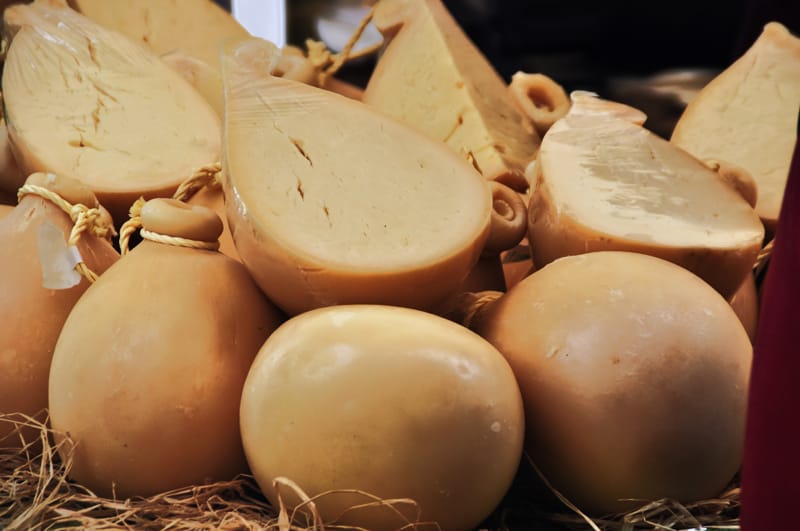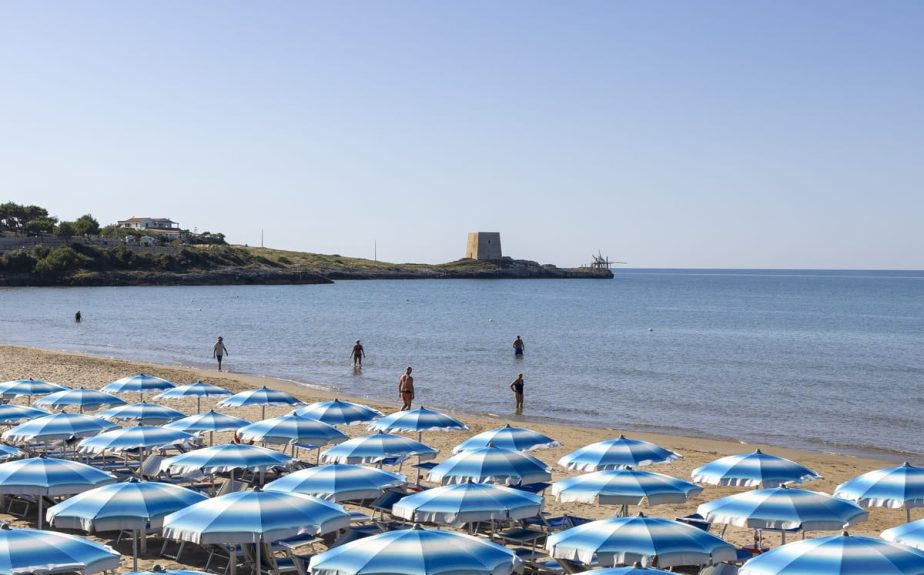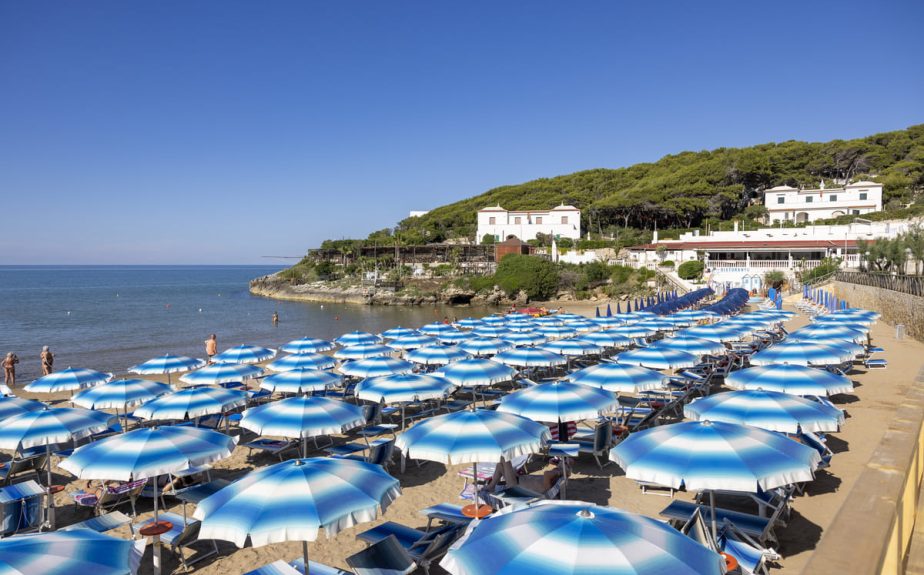
Caciocavallo Podolico: cheese treasure of Gargano - Hotel Paglianza
Caciocavallo podolico is one of the most prized and renowned cheeses of Gargano, symbolizing the rich cheese-making tradition of Puglia.
This cheese, made from the milk of Podolica cows, is a true gastronomic treasure with roots deeply embedded in the history and pastoral traditions of this fascinating region.
Origin and history of caciocavallo podolico
Caciocavallo podolico derives its name from the Podolica breed of cows, an ancient bovine breed introduced to Southern Italy by nomadic peoples from Eastern Europe. These cows, well adapted to the mountainous pastures and harsh climatic conditions of Gargano, produce milk rich in flavor and nutrients, ideal for producing high-quality cheeses.
Caciocavallo is mentioned in historical documents dating back to the Middle Ages, proving that its production has deep roots in local culture. Tradition holds that the cheese is mainly produced during the spring and summer when the Podolica cows graze freely on the rich meadows of Gargano, feeding on aromatic herbs that give the milk, and thus the cheese, a unique and unmistakable flavor.
Caciocavallo podolico: the production process
The production of caciocavallo podolico follows artisanal methods passed down from generation to generation. Fresh milk is heated and coagulated with natural rennet. After breaking the curd, the cheese mass is cooked, then shaped and hung in pairs (“a cavallo”) on special supports, from which the name “caciocavallo” derives.
A distinctive feature of caciocavallo podolico is the aging process, which can last from a few months to several years. During this period, the cheese wheels are periodically treated with olive oil to preserve their quality and promote the development of complex and intense flavors. The result is a cheese with a hard crust and a soft, buttery interior, varying from white to straw yellow.
Organoleptic characteristics of caciocavallo podolico
Caciocavallo podolico is a stretched curd cheese with a rich and aromatic flavor that varies depending on the aging period. Younger cheeses have a delicate and slightly sweet taste, while the more aged ones develop more intense and spicy notes, with an aromatic complexity reflecting the scents of the herbs and flowers of the Gargano pastures.
Its texture can range from soft and slightly elastic in younger cheeses to firm and crumbly in older ones. The rind is usually smooth and golden in color, while the interior may have small, irregularly distributed eyes.
How to enjoy caciocavallo podolico
Caciocavallo podolico is an extremely versatile cheese, perfect to enjoy on its own or paired with other ingredients. It pairs beautifully as an appetizer, perhaps with chestnut honey or citrus marmalades, which enhance its natural sweetness. It can be served with dried fruits, such as walnuts or figs, or accompanied by a good full-bodied red wine, such as Nero di Troia or Primitivo di Manduria.
In the kitchen, caciocavallo podolico can be used in numerous traditional Apulian recipes. Grated, it adds a unique flavor to first courses like orecchiette with turnip tops or troccoli with tomato sauce. Melted, it becomes an extraordinary ingredient to enrich pizzas, focaccias, and baked dishes.















